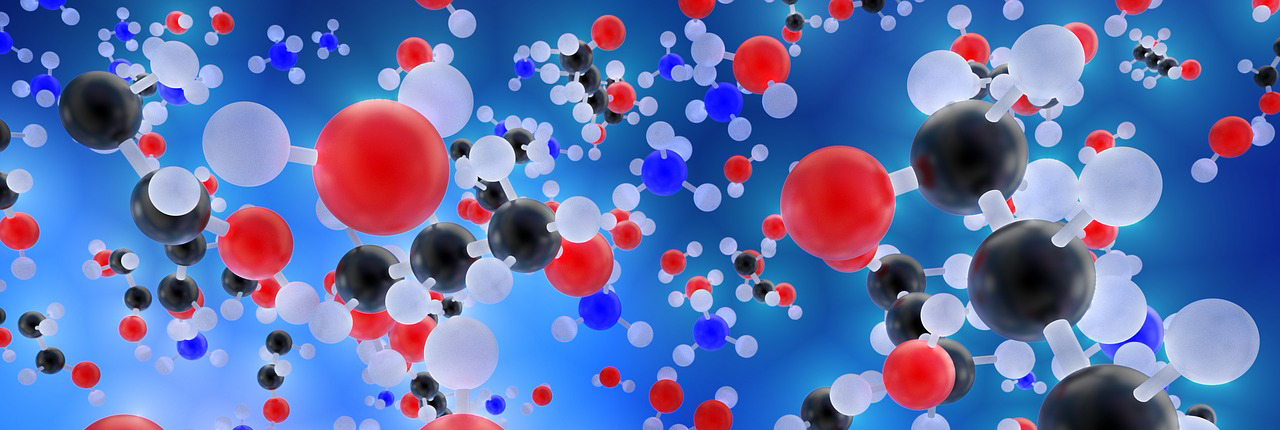The Institute for AI-Enabled Materials, Discovery, Design, and Synthesis (AIMS) is a National Science Foundation-funded initiative that brings together an interdisciplinary team of researchers with complementary expertise in AI and materials science to launch a planning effort to lay the groundwork for AIMS. The project is spearheaded by researchers from Penn State, MIT, and the University of Wisconsin-Madison, and is funded by NSF grant number 2020243.
About AIMS
Scientific progress is being increasingly enabled by the ability to examine natural phenomena through the use of computation. The emergence of “big data” and advances in machine learning have dramatically accelerated some of the key steps in science, e.g., data acquisition and model fitting. However, other key elements of the scientific process, e.g., generating hypotheses, designing, prioritizing and executing experiments, integrating data, models, and simulations, drawing inferences and constructing explanations, reconciling scientific arguments, and communicating across disciplines, remain largely untouched by the advances in artificial intelligence (AI).
Accelerating scientific progress, potentially by several orders of magnitude, by effectively addressing these bottlenecks presents a grand challenge for AI. Materials discovery, design and synthesis provides an excellent testbed for addressing the AI grand challenges presented by scientific discovery: The demand for new materials for applications ranging from energy technologies (batteries, solar cells, energy harvesting technologies) to sensors, artificial organs and computing technologies (e.g., quantum computers) far exceeds the capabilities of traditional materials design and synthesis, and takes years to decades of effort. AIMS brings together researchers from many disciplines to discover new knowledge in these areas.
Technical Description
Realizing the AIMS vision requires synergistic advances across multiple areas of AI, including: (i) knowledge representation frameworks for encoding, communicating, and reasoning with models or abstractions of scientific domains, scientific artifacts, e.g. data, experiments, hypotheses, models; (ii) planning for optimizing scientific studies, experiments, etc.; (iii) machine learning and causal inference methods that can provide explanations of their results in the context of available knowledge, and recommend experiments to validate the predictions using the available experimental techniques); and (iv) algorithmic abstractions of AI-enabled human-machine, AI-enabled human-human, and machine-machine collaborations in science. Addressing this AI grand challenge would unify many of the sub-fields of AI, yield fundamental advances across multiple areas of AI, and AI mediated human-machine systems that support collaborative team science. The AI advances would go hand-in-hand with use-inspired research driven by some of the most pressing challenges in materials discovery, design, and synthesis, yielding scientific insights into the relationships between materials structure and their properties, as well as new ways of rapidly optimizing material properties for specific applications.
Thus, AIMS will catalyze and establish interdisciplinary and transdisciplinary collaborations that transcend institutional and organizational boundaries. It will prepare the next generation AI workforce by training a diverse cadre of individuals, including women and underrepresented minorities, students as well as working professionals, in diverse training environments (academia, industry, national labs) and diverse career paths. AIMS will produce AI advances and technologies that yield not only transformative advances in materials design, discovery and synthesis, but also provide organizing frameworks, infrastructure, collaborative human-AI systems and tools, and best practices to dramatically accelerate scientific discovery, but also enable new modes of discovery across diverse scientific domains. Towards this end, the planning project will organize workshops and idea labs to further develop the vision, initiate interdisciplinary research at the interface between AI and Material Science, identify the AIMS infrastructure needs, develop education and outreach plans, establish synergistic partnerships, and develop the requisite organizational structure and processes for realizing the AIMS vision.

